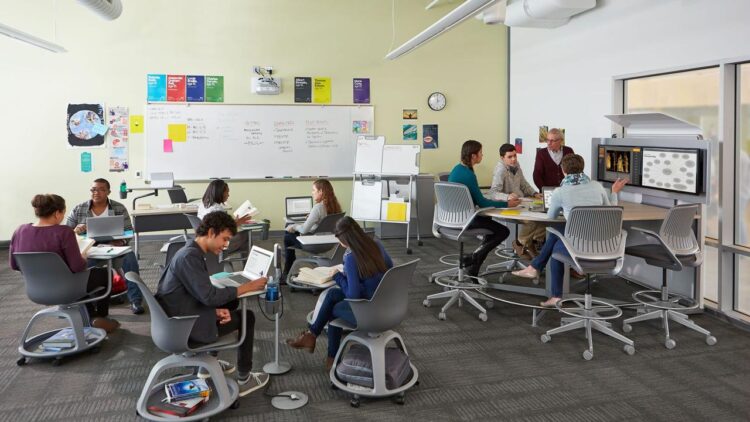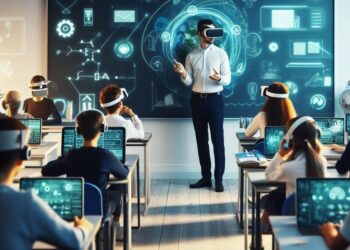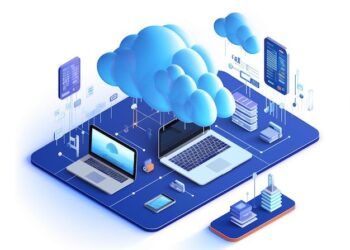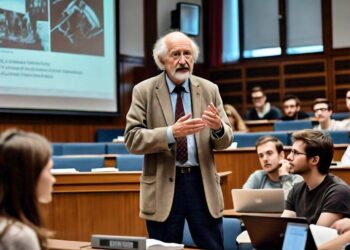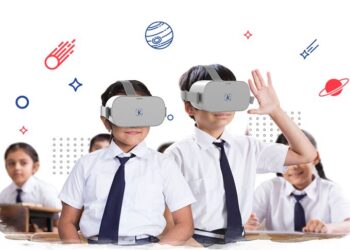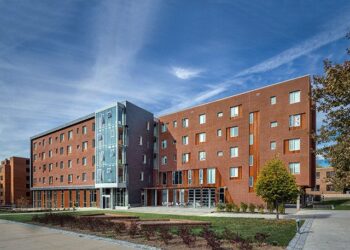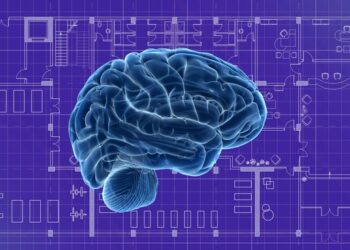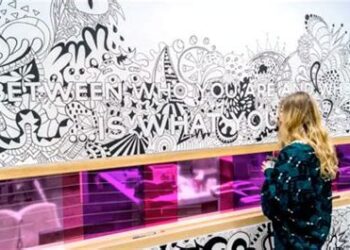For over a century, the dominant model of education has resembled an industrial assembly line. Students of the same age are grouped together, seated in rows, and delivered the same information at the same pace, with standardized tests serving as the ultimate quality control. While this model served a purpose in a different era, it fundamentally clashes with a reality we all understand: every learner is unique. The one-size-fits-all classroom inevitably leaves some students bored and unchallenged, while others are left behind, struggling to keep up. This paradigm is finally giving way to a more dynamic, responsive, and profoundly more effective approach: personalized learning.
This is not merely a new teaching trend or a tech-infused gimmick; it represents a fundamental philosophical shift in our approach to education. Personalized learning dismantles the assembly line, placing the individual student at the absolute center of their educational journey. It leverages technology not just as a digital textbook, but as a powerful tool to customize learning pathways, pace, and content to meet the specific needs, strengths, and interests of each child. The goal is to move beyond simple memorization to cultivate deep, lasting understanding and foster essential skills like critical thinking, creativity, and self-direction.
This in-depth article will explore the multifaceted world of personalized learning. We will dissect its core components, differentiate it from similar-sounding concepts, and examine the transformative technology that makes it possible at scale. Furthermore, we will analyze its profound benefits for both students and educators, confront the significant challenges and ethical questions it raises, and cast a look forward to the future it promises—a future where education is no longer about standardization, but about unlocking the boundless potential within every single learner.
Redefining the Classroom: What Personalized Learning Truly Is
To appreciate the impact of personalized learning, it’s crucial to understand its distinct identity. The term is often used interchangeably with other educational concepts, leading to confusion. True personalized learning is a holistic approach built on several key pillars, setting it apart from its predecessors.
A. Personalized Learning: This is the broadest and most ambitious model. It tailors the entire educational experience—the content, the pace, the technology, and the learning environment—to the individual. A core tenet is student agency, where learners take an active role in co-designing their learning paths, setting goals, and tracking their own progress. It’s about what, when, where, and how a student learns.
B. Differentiated Instruction: This is primarily a teacher-led strategy. An educator using differentiation modifies their instruction to meet the needs of a diverse group of students within a single classroom. For instance, they might provide different reading materials or offer various ways to demonstrate understanding of the same core concept. However, the overall learning goals remain largely the same for the entire class.
C. Individualized Learning: This approach focuses almost exclusively on the pace of learning. A student can move through a set curriculum at their own speed, but the content and the learning objectives are generally standardized. It’s a step away from lock-step instruction but lacks the broader customization and student agency inherent in true personalization.
The foundation of a robust personalized learning environment rests on what can be called the “Four Pillars”:
- Student Profiles: Creating and maintaining a deep, holistic understanding of each student’s strengths, weaknesses, interests, and aspirations. This profile is dynamic and data-rich, going far beyond test scores.
- Customized Learning Paths: Using the student profile to create a unique educational journey. Students have a voice and a choice in what they learn and the resources they use to learn it.
- Competency-Based Progression: Students advance based on demonstrated mastery of a concept or skill, not on “seat time” or their age. This ensures no critical learning gaps are left behind as a student moves forward.
- Flexible Learning Environments: The physical and virtual spaces of learning are adaptable. This can mean flexible seating, collaborative project areas, quiet zones for individual work, and seamless integration of technology.
The Engine of Change: The Transformative Power of Technology
While the philosophy of tailoring instruction to the individual is not new, it is the recent explosion in educational technology (EdTech) that has made true, scalable personalized learning a reality. Technology acts as the central nervous system, collecting data, providing resources, and enabling a level of customization previously unimaginable.
A. Adaptive Learning Platforms: These are the workhorses of the personalized classroom. Sophisticated platforms use advanced algorithms to present students with questions and content that adapts in real-time. If a student answers a question correctly, the next one will be slightly more challenging. If they struggle, the platform provides remediation, perhaps a video tutorial or a simpler problem, until the concept is mastered. This creates a constantly optimized learning experience that is always at the edge of a student’s ability, maximizing both learning and engagement.
B. Artificial Intelligence (AI) and Machine Learning (ML): AI is taking personalization to the next level. Machine learning algorithms can analyze vast datasets of student performance to identify complex patterns. An AI system can predict which students are at risk of falling behind, recommend the most effective learning resource for a particular student at a specific moment, and even help design customized curricula. For teachers, AI can automate grading and administrative tasks, freeing them up to focus on what they do best: mentoring and facilitating high-impact learning.
C. Data Analytics and Dashboards: In a traditional classroom, a teacher might not know a student has a foundational gap in their knowledge until they fail a major exam weeks later. In a personalized learning environment, technology provides teachers with real-time dashboards. With a few clicks, an educator can see exactly which concepts a student has mastered, where they are struggling, how much time they are spending on tasks, and how they are progressing toward their goals. This actionable data allows for immediate, targeted interventions.
D. A Universe of Digital Content: Personalization thrives on choice. Technology provides access to a virtually limitless library of educational resources—from interactive simulations and educational videos to digital archives and collaborative online platforms. This allows students to explore topics that pique their interest and learn through the modalities that work best for them, whether they are visual, auditory, or kinesthetic learners.
The Tangible Benefits: A Paradigm Shift for Students and Teachers
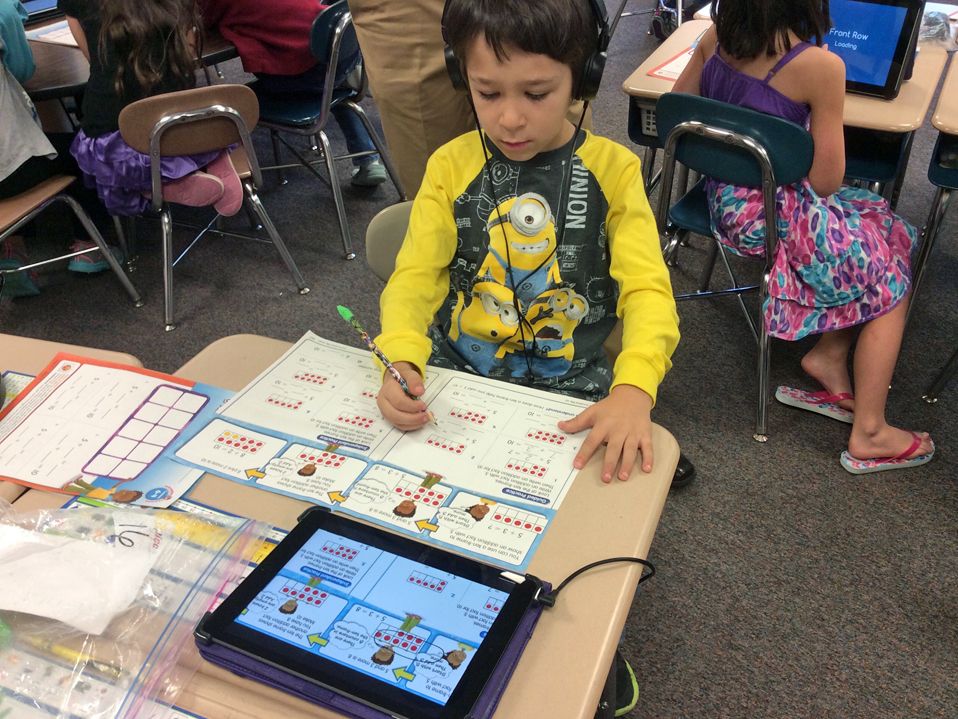
Adopting a personalized learning model yields profound and measurable benefits that ripple throughout the entire educational ecosystem, fundamentally changing the experience for learners and the role of the educator.
For Students:
A. Dramatically Increased Engagement and Motivation: When learning is connected to a student’s personal interests and they are allowed to progress at their own pace, education is no longer a passive activity. It becomes an engaging and intrinsically motivating process, fostering a genuine love of learning.
B. The Development of Lifelong Skills: Personalized learning cultivates the skills essential for success in the 21st century. By taking ownership of their education, students develop agency, self-direction, critical thinking, and problem-solving skills. They learn how to learn, a skill that will serve them long after they leave the classroom.
C. True Mastery and Closing Learning Gaps: The competency-based progression model ensures that students build their knowledge on a solid foundation. Since they cannot move on until they have demonstrated mastery, the chronic learning gaps that plague the traditional system are systematically identified and closed.
For Educators:
A. From “Sage on the Stage” to “Guide on the Side”: The teacher’s role evolves from being the primary dispenser of information to becoming a facilitator of learning, a mentor, and a coach. This is a more dynamic and professionally fulfilling role.
B. Deeper, Actionable Student Insights: Armed with real-time data, teachers have a more nuanced and accurate understanding of their students’ needs than ever before. This allows them to move beyond whole-class instruction and provide targeted small-group and one-on-one support where it is needed most.
C. Efficiency and Focus on High-Impact Activities: By automating tasks like grading and lesson planning, technology frees up valuable teacher time. This time can be reinvested in designing creative learning experiences, collaborating with colleagues, and providing personalized feedback and support to students.
Navigating the Hurdles and Ethical Considerations
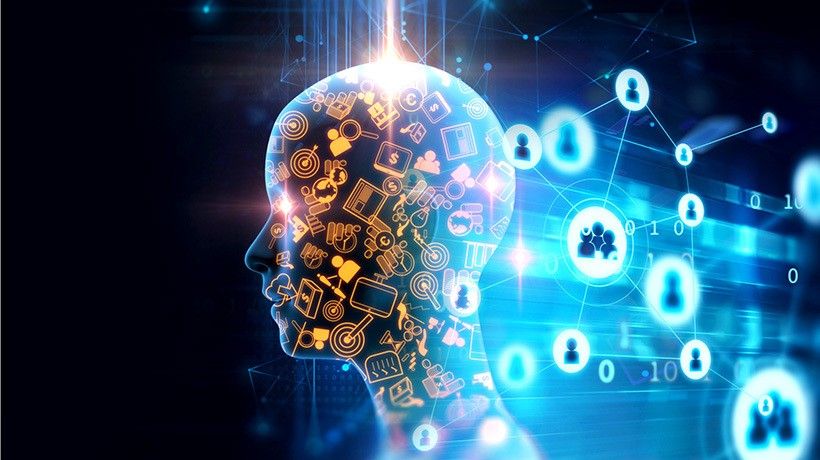
Despite its immense promise, the path to implementing personalized learning is not without significant challenges and important ethical questions that must be addressed for it to be successful and equitable.
A. The Implementation Hurdle: Shifting to a personalized model is a complex undertaking. It requires more than just buying new software. It demands substantial investment in high-quality professional development for teachers, a fundamental redesign of curriculum and assessment, and a school culture that embraces innovation and flexibility.
B. The Equity and Access Divide: Meaningful personalized learning is heavily dependent on technology. This raises critical equity concerns. The “digital divide” is real; not all students have reliable access to devices and high-speed internet at home. Without a deliberate focus on equity, personalized learning could inadvertently widen the gap between affluent and low-income students.
C. The Critical Issue of Data Privacy: These learning platforms collect an unprecedented amount of data on students’ performance, behaviors, and even emotional states. This raises urgent questions: Who owns this data? How is it being used? How is it being protected from commercial exploitation or cybersecurity breaches? Establishing robust data privacy and security protocols is not just a technical issue, but a profound ethical responsibility.
D. Balancing Technology and Human Connection: It is crucial to remember that technology is a tool, not a replacement for a great teacher. An over-reliance on digital platforms could lead to an isolated learning experience. The human element of teaching—the mentorship, the emotional support, and the inspirational guidance a teacher provides—is irreplaceable and must remain at the heart of the classroom.
The Dawn of a Learner-Centric Era
Personalized learning is more than an educational strategy; it is a response to the demands of a rapidly changing world. It is an acknowledgment that the most important skill we can teach our students is the ability to be lifelong, agile learners. The transition is not easy, and the challenges are real, but the potential rewards are immeasurable. By harnessing the power of technology to create responsive, student-centered learning environments, we can move away from the industrial-age model of standardization and finally deliver on the true promise of education: to see, value, and unlock the unique and brilliant potential that resides within every single learner.

